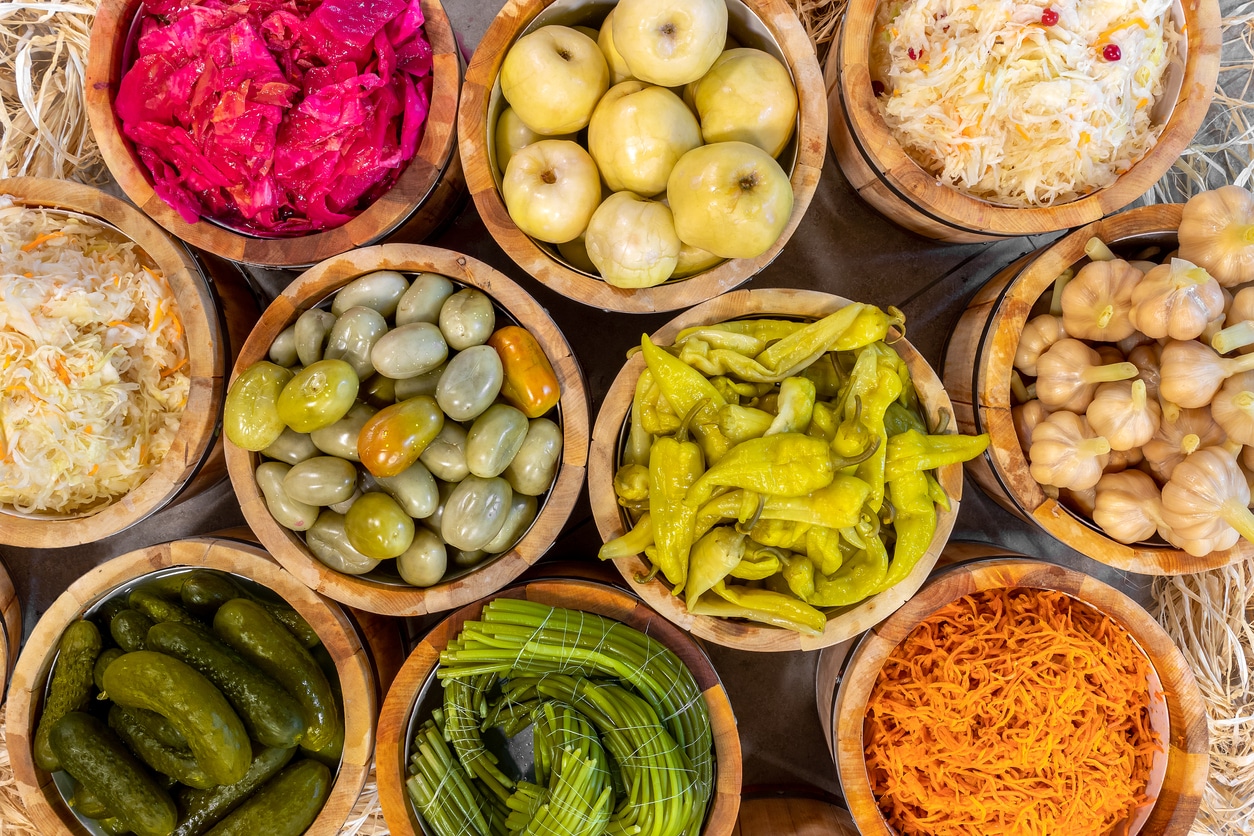The process of pickling (соление) is well-known in Russia, and any traveler visiting Russia, Ukraine, or Belarus will undoubtedly come across several traditional pickled dishes that seem strange and exotic. With a relatively short growing season, preserving food has always been of special importance in Russia, where you can easily find pickled cucumbers, tomatoes, mushrooms, garlic, eggplant, apples, and more.
The Origins of Pickling
(И почему соленья носят такое название?)
Also known as brining, corning, or salting, pickling has been around for nearly 4 millennia, and remains a favorite method for preserving food. In general, pickling is the process of preserving foods by storing them in a pickling solution or brine. This solution or brine can be either salt water or an acidic solution, such as weak vinegar. In Russia, salt is generally the preferred method and, thus, the Russian word “соление” is derived from the root word соль (salt).
Historically, pickling has been used by a number of societies, due to its value in the cold months, when fresh food is hard to come by. Also, those going away for long stretches of time prepared for their journey by salting meats, such as pork and beef, which gave them a much needed source of protein.
Traditionally, Russia, Belarus, and Ukraine developed their own original methods of preservation without using vinegar. Besides “соление” (salting, pickling), these cultures also often use “квашение” (fermentation), and “мочение” (steeping). Even in the 12th century, the people of old Rus’ salted their cucumbers and fermented their cabbage.
The differences in the types of salting are connected to the various types of brine. If the brine is made from salt, and its concentration is no lower than 6-8 percent, but no more than 20-30 percent, then we have a case of pickling. When the salts make up 2.5-3 percent of the mass of the given product, and the brine is made from vegetable juices, then it is a case of fermentation. Finally, if the brine is made from a very small quantity of salt (1.5-2 percent) and the solution is 6-8 percent sugar, then this form of conservation is called steeping.
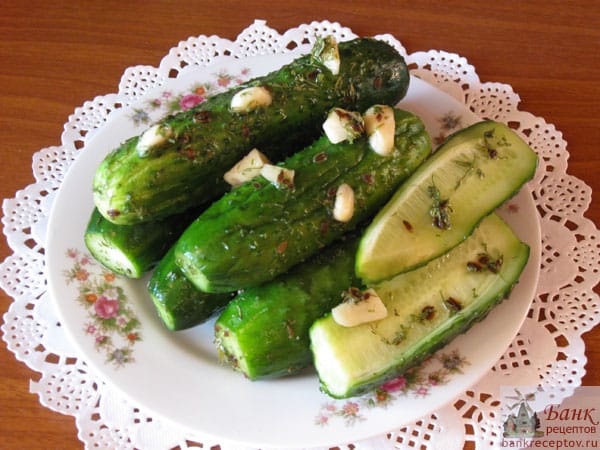
When and How to Eat Pickled Food
(Как правильно есть соление)
The true value of pickling is that it activates the body’s metabolic processes, even in small amounts. Pickling facilitates the digestion of meat and fatty foods. It not only enriches food, but accelerates and strengthens the fermentation process in digestion.
“Cолёные oгурцы” (pickled cucumbers or simply pickles) are also incredibly popular and considered healthy in Russia ‒ in moderation. Lactic acid, which develops in the process of cucumber salting, can improve the digestive tract. However, it’s not good to eat pickles in large quantities, as too much salt is bad, especially if you have a bad liver or kidneys. They are also not recommended if you have hypertension or heart disease. Pickled cucumbers can increase your appetite; therefore they can have a negative effect on people with a tendency towards obesity.
A very famous Russian dish is “солёные помидоры” (pickled tomatoes). You can hardly find a person in Russia who hasn’t once tried a pickled tomato with fried potatoes, a dish that is enjoyed by nearly all Russians – but especially those celebrating some event with a bottle of vodka. Pickled cucumbers, or simply pickles are also incredibly popular both as an appetizer, a side dish, and an indispensable vodka companion.
After a long night of drink, the pickling liquid, known as “рассол” (brine) in Russian is a popular hangover cure. Even for those Russians who are not drinkers, brine can be saved and made into a popular soup called “рассольник” (rassolnik).
How to Properly Pickle
(Как правильно готовить соление)
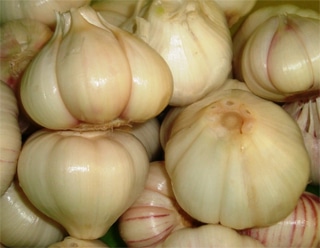
мясному блюду.
In a weak brine or a pickling medium, special groups of bacteria develop, which add not only flavor, but life to the products. Thus, pickling and fermenting are valued in Russia because they create “живой” (living) products where conservation is coupled with promoting living organisms. In the case of pickling with vinegar, however, everything is the opposite. Vinegar kills all bacteria that might affect the product, but also results in decay in the product itself. Vinegar will more rapidly break down the cellular structure of the product being preserved, resulting in a limp, less nutritious food.
The rest of the secret to good pickling depends on the spices, the cleanliness of the materials and dishes in preparation, the accuracy in calculating the brine’s strength, and, last but not least, on the correct care of the salted foods in the first week of their creation. The basic process of fermentation happens in the brine in the first few days (the process is slightly different for each product you might pickle). During this time, the pickling (or fermentation) should take place in a warm room and you will need to occasionally add brine to it. Once the critical period passes, the salted food should be stored in a cool place. After approximately a month (20-40 days), it will have absorbed the full flavor from the brine and will be ready to eat.
Pickle Recipes
(Давай приготовим!)
See below for a free recipe for various Russian pickles. See also the free videos online. If you are interested in cooking from Russia, Ukraine, Georgia, and other places in Eurasia, make sure to see our full, free Eurasian Cookbook online! You might also be interested in the following specialized cookbooks we’ve enjoyed:
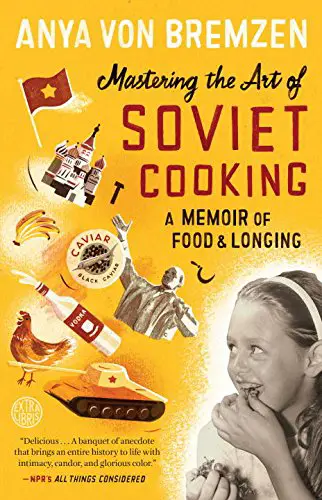 |
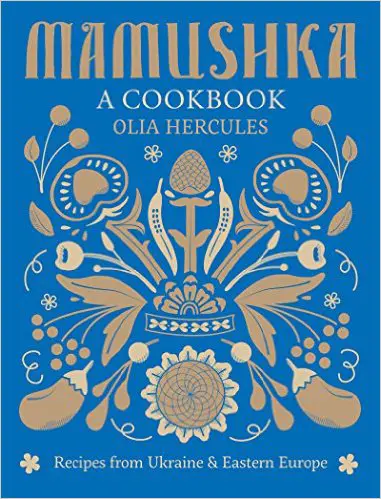 |
 |
 |
| Огурцы солёные |
Pickled Cucumbers |
Ингредиенты
Приготовление
|
Ingredients
Preparation
|
| Огурцы малосольные хрустящие | Crunchy, Lightly-salted Cucumbers |
Ингредиенты
Количество продуктов — на одну трёхлитровую банку. Приготовление
|
Ingredients
All products go in one three-liter jar. Preparation
|
| Помидоры солёные | Pickled Tomatoes |
Ингредиенты
Приготовление
|
Ingredients
Preparation
|
| Чеснок солёный головками | Pickled Garlic |
Ингредиенты
Приготовление
|
Ingredients
Preparation
|
Our Favorite Pickling Videos
Here’s a video from videoculinary.ru, featuring a pleasant, old babushka. She shows how to make pickled cucumbers.
I guess the love of pickled cucumbers is built into Russian genes. Even babies love them!
An enlightening video about pickled cucumbers made by an orthodox priest.
You Might Also Like
Russia and Central Asia offer what can seem to be a bewildering selection of dairy products in their transnational food cultures. An area of special note, and often one of the strangest to Westerners, is the seemingly never-ending assortment of fermented milk drinks and products in the gastronomic repertoire. To cut down on the brow-furrowing […] This extensive list of web resources to assist students learning the Russian language was developed by SRAS and is now hosted on Folkways, part of the SRAS Family of Sites! Disclosure: Some of the links below are affiliate links. This means that, at zero cost to you, we will earn an affiliate commission if you […] Kupala is an ancient Slavic holiday celebrating the summer solstice, or midsummer. Once part of a series of annual rituals, it marked and was believed to sustain agricultural cycles—essential to early human survival. Held as vitally important, these pagan traditions remained deeply rooted even after Christianization, technological change, and centuries of oppression tried to dislodge […] Easter breads such as kulich, paska, choreg, and nazuki are delicious Easter traditions. Easter is by far the most important religious holiday for those practicing Eastern Christianity. In addition to church services and egg dying, the holiday is also marked across the cultures by ritual bread baking. Despite the wide geographic area covered by Eastern […] Below, Tajik blogger Roxana Burkhanova describes, in Russian, the place of St. Petersburg in Russian culture. She discusses the city’s history as well as its literary heritage, its nightlife, and even how people from Petersburg speak their own, slightly different dialect of Russian. The text was originally written in 2015 and thus references times before […]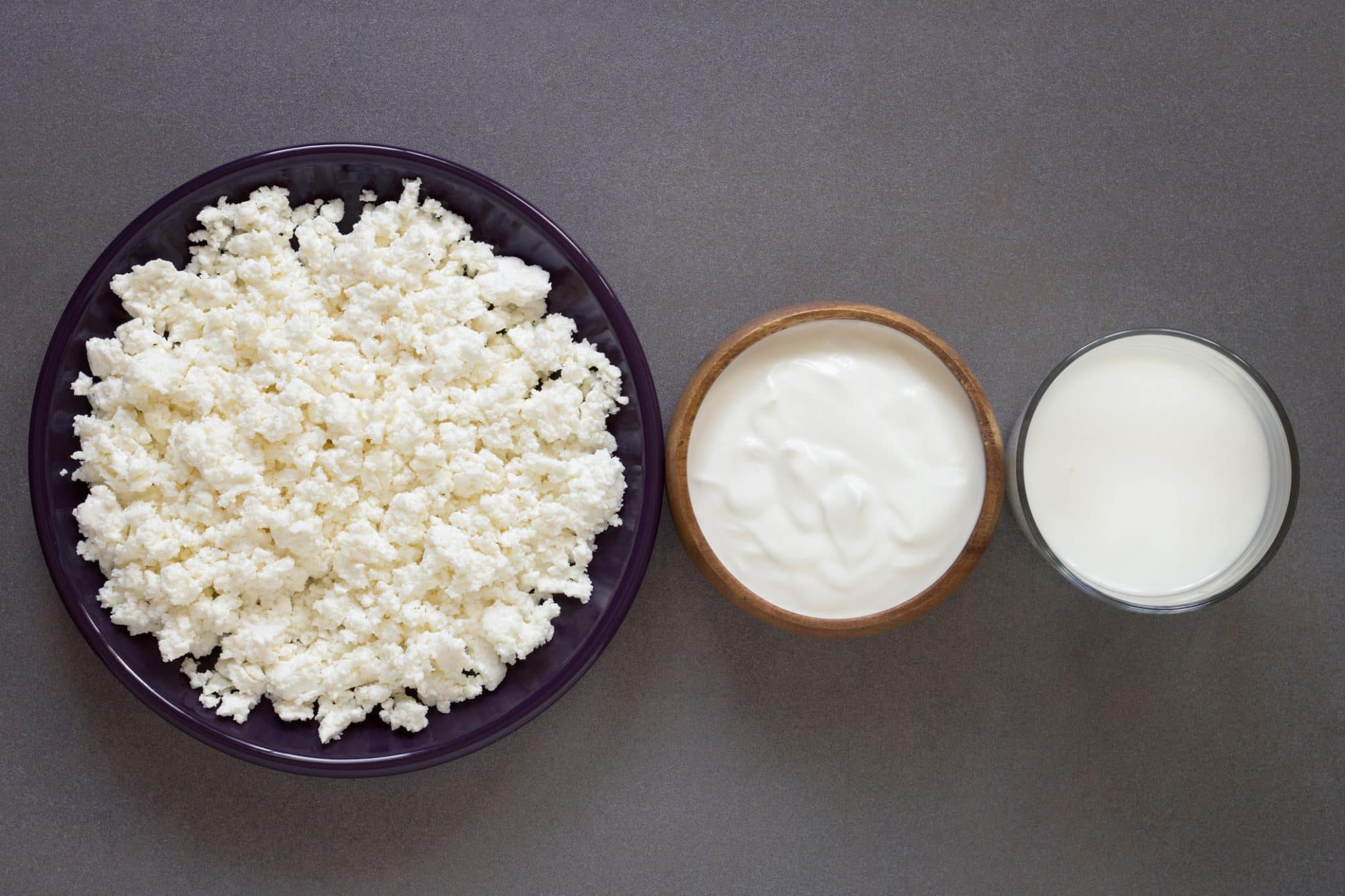
The SRAS Guide to Fermented Milk

Resources for Students of Russian

Kupala: Ancient Slavic Midsummer Mythology and its Modern Celebration
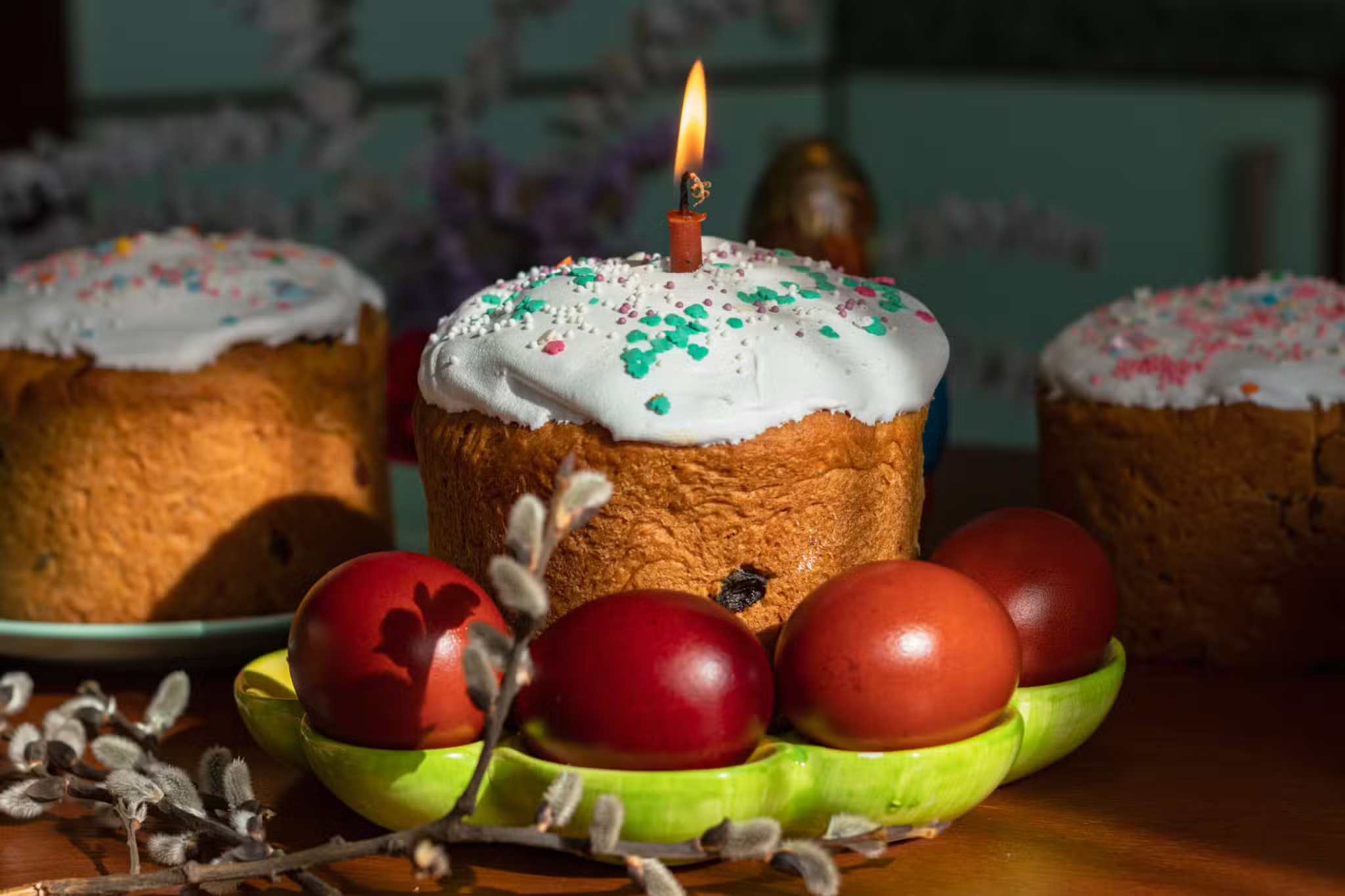
Kulich, Paska, Nazuki: The Easter Breads of Eastern Christianity
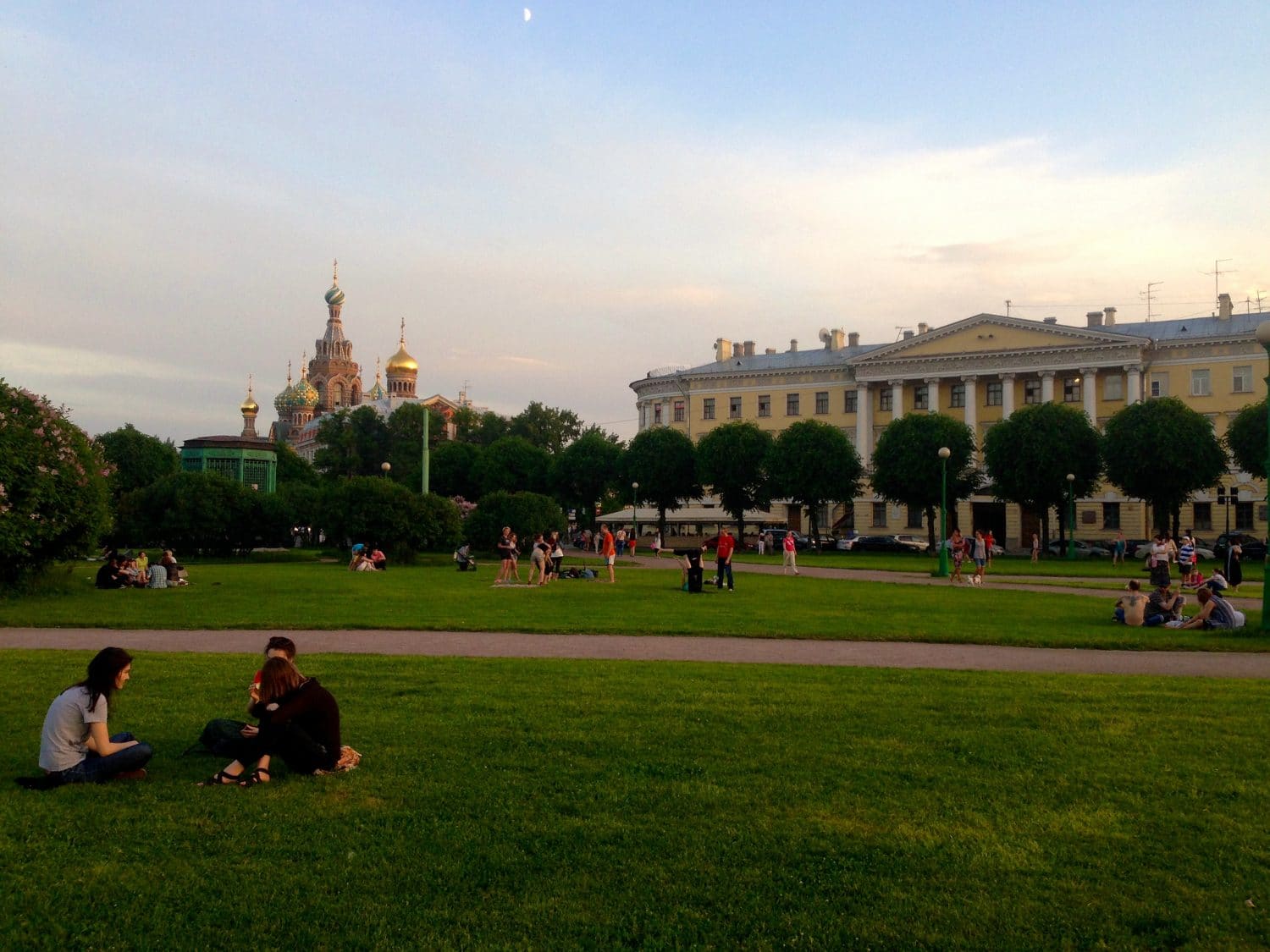
Off to Petersburg, Russia’s Cultural Capital: Моя Россия Blog

